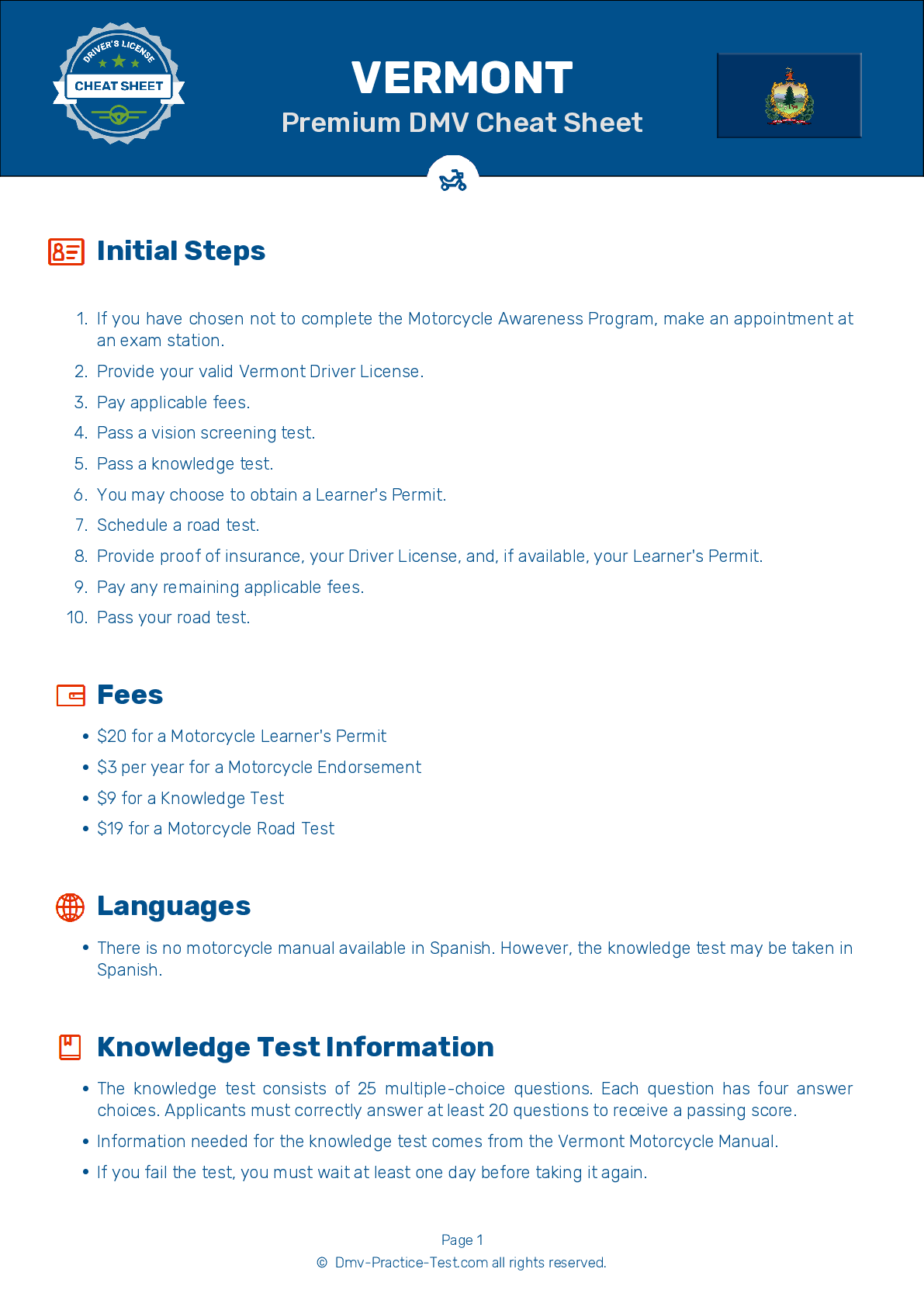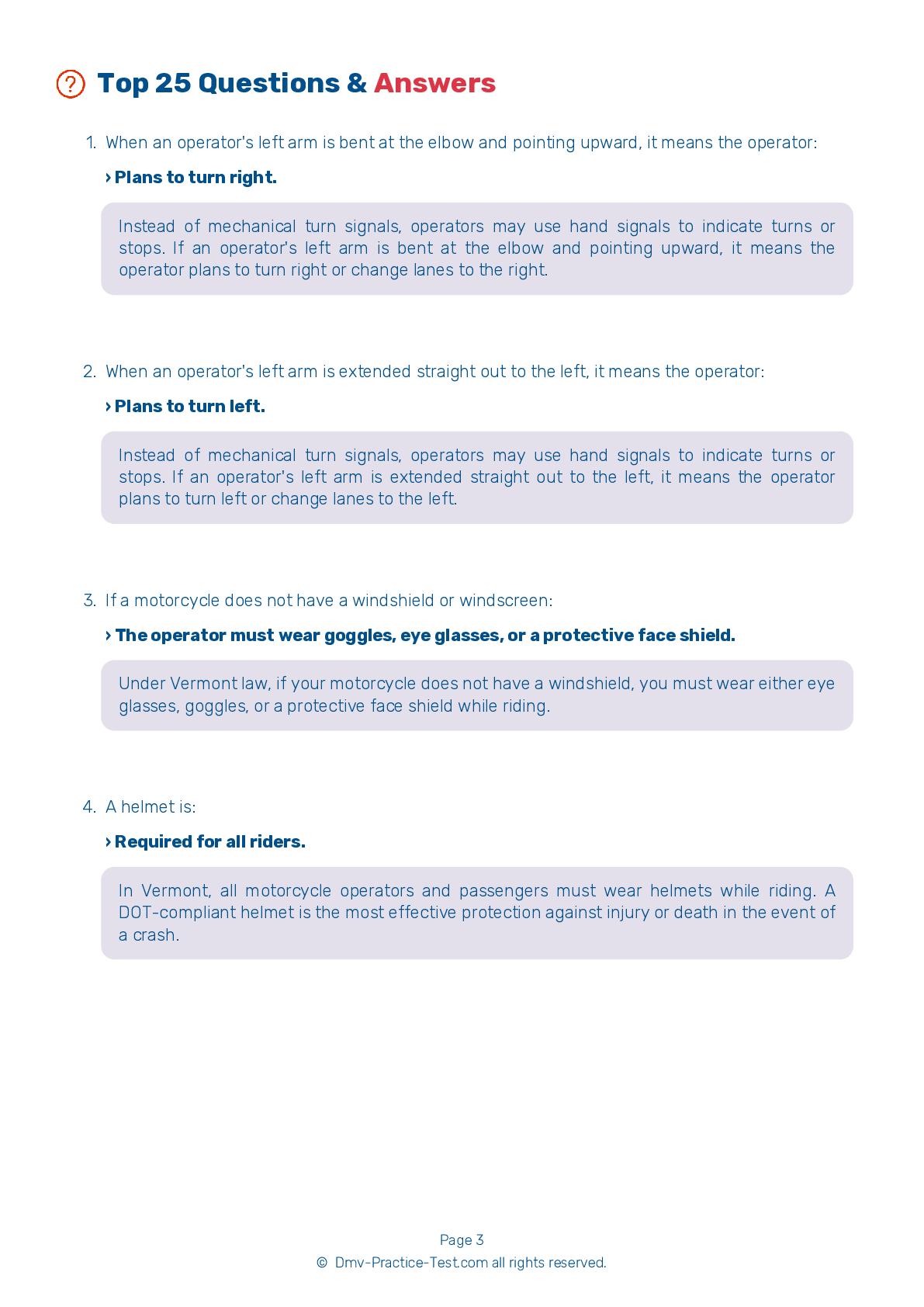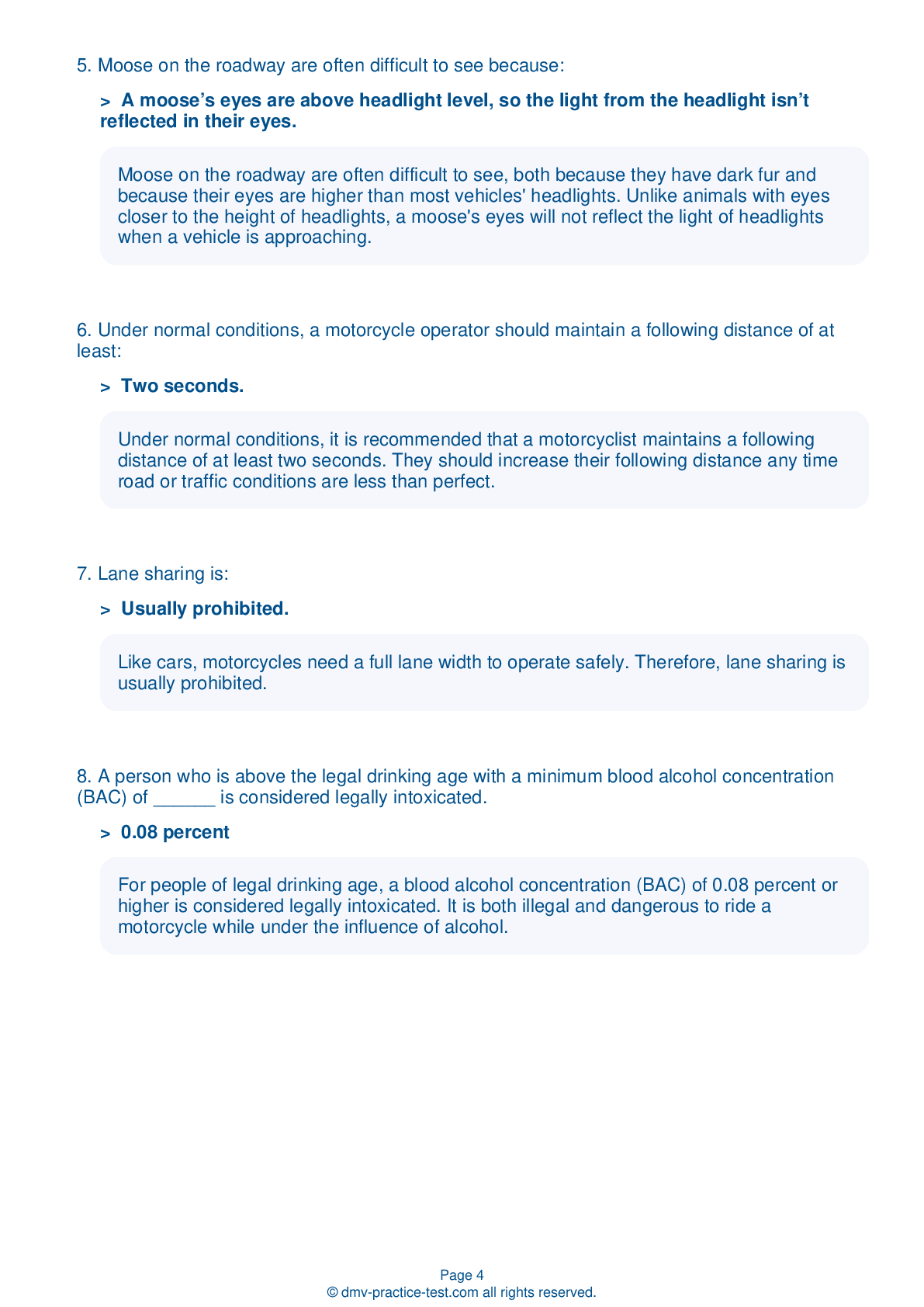Motorcycle Test | License VT 2025 | FREE Online Practice! #5 Page 2 of 4
Take this FREE motorcycle test (license in VT 2025) to check your knowledge of the road rules. To improve your results, download a motorcycle handbook online, study theory, and practice for free on our website. Still worried about how to get a motorcycle license in Vermont in 2025? Check our website for more sample tests, train as much as possible, and boost your grades!
7 . What does alcohol do to your riding skills and judgement?
Alcohol negatively affects many skills needed for safe riding, including your reaction time and ability to see clearly. It can also harm your judgment of speed and distance, lower your inhibitions, and make you more prone to taking chances.
8 . This sign means:
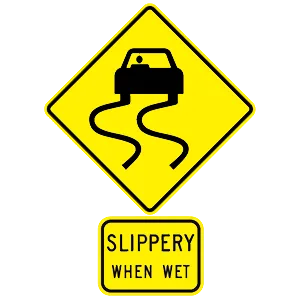
Warning signs are usually diamond-shaped with black markings on a yellow background. They alert drivers to upcoming hazards. This sign warns drivers to be extra careful when the pavement is wet because the road may become slippery, making vehicles more difficult to control.
9 . If either tire goes flat while riding, you should:
If one of your tires goes flat while you are riding, you should ease off the throttle and maintain a straight course as you slow down. If you must brake, gradually apply the brake of the tire that is not flat, if you are certain of which tire that is.
10 . When you see this sign, it means:
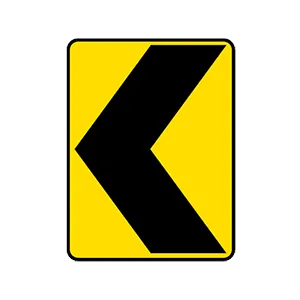
Chevron signs like this indicate that the road curves sharply in the direction indicated by the chevron (in this case, to the left). There may be several chevron signs placed throughout a curve.
11 . When making normal stops, you should:
Make it a habit to always use both brakes when slowing or stopping, even for normal, non-emergency stops.
12 . A primary cause of single-vehicle motorcycle collisions is:
A primary cause of single-vehicle collisions is motorcyclists running too wide in a curve or turn. Taking a turn too wide can cause a motorcycle to leave the roadway or collide with an object.
See the exact questions that will be on the 2025 Vermont DMV exam.
99.2% of people who use the cheat sheet pass the FIRST TIME
Jeneen was tired of paying $5/gallon. She got herself a scooter that required the motorcycle license. She studyed the motorcycle test cheat sheet and passed her test the next day!
Christopher tells us how he knew nothing prior to obtaining the motorcycle study guide, and he only got one question wrong because he clicked on the wrong answer by mistake.
